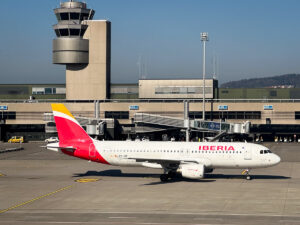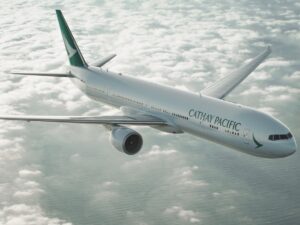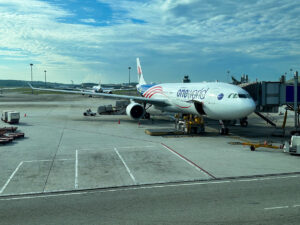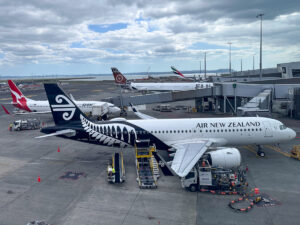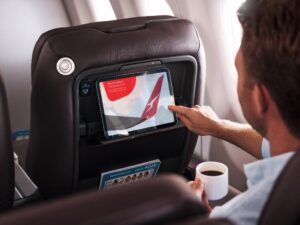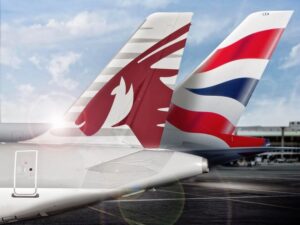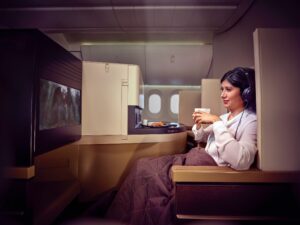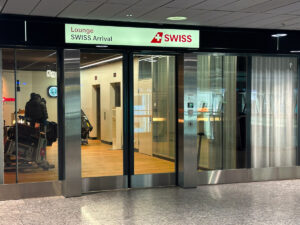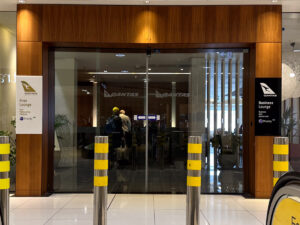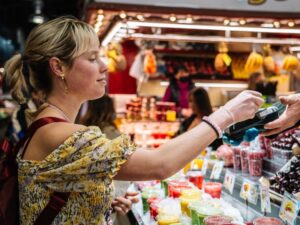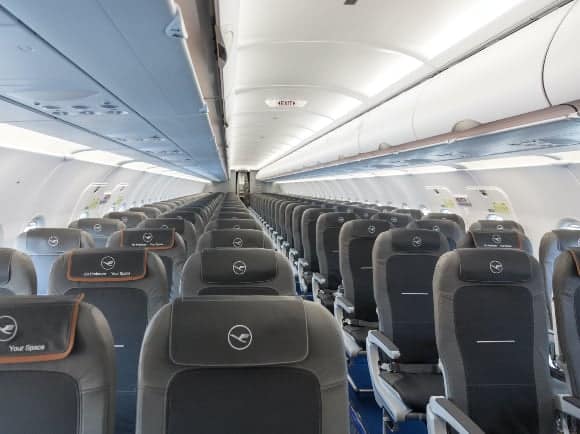
We’re told that social distancing – keeping at least 1.5 metres of physical distance from other people – is an extremely important weapon in the fight against the spread of COVID-19. In fact, some governments have now implemented strict laws to enforce it.
Recognising the importance of social distancing in the current climate, some airlines have made changes to seat selection to ensure that physical distance is kept between passengers. In many cases, this means flying planes that are half-empty. Although, with demand for air travel currently at rock bottom, this may not be such a problem for many airlines at the moment.
Air New Zealand, American Airlines and Lufthansa are among a growing list of airlines that have decided to block seats between passengers to ensure there is sufficient distance between travellers.
American Airlines says it will relax its seating policy to “enable customers to practice social distancing on board whenever possible” until 31 May 2020. This will include blocking 50% of all standard middle seats.
Air New Zealand is also adjusting seat maps to avoid having people that are not travelling together sitting in neighbouring seats. This means blocking middle seats on many flights, and on regional services (where there are no middle seats) capacity is being reduced by up to 5o% to ensure there is only one passenger per two seats.
Lufthansa and its subsidiary Eurowings, meanwhile, are blocking middle seats for social distancing on all flights departing from Germany as well as German domestic flights. For the time being, this policy does not apply to international flights bound for Germany, as Lufthansa says its “top priority remains returning as many people as possible to their home country”. There are currently thousands of German citizens stranded overseas, so in addition to its regular commercial flights, Lufthansa is operating repatriation flights such as a flight from Auckland to Frankfurt via Tokyo that departs today.
Where possible, Lufthansa will also avoid using standoff bays that require using shuttle buses to transport passengers to the plane. If this is not possible, Lufthansa will use twice as many buses as usual to avoid having passengers crowding onto buses – something Qantas was criticised for earlier this week.
Other airlines are likely to adopt similar measures in the near future – if they have not already. But even if you’re flying on an airline that is not actively blocking seats for social distancing, there are not many flights at the moment that are departing full anyway. For example, I flew yesterday from Tokyo to Sydney on ANA and there was plenty of room for everybody to spread out. There were just 13 passengers in Economy class.
